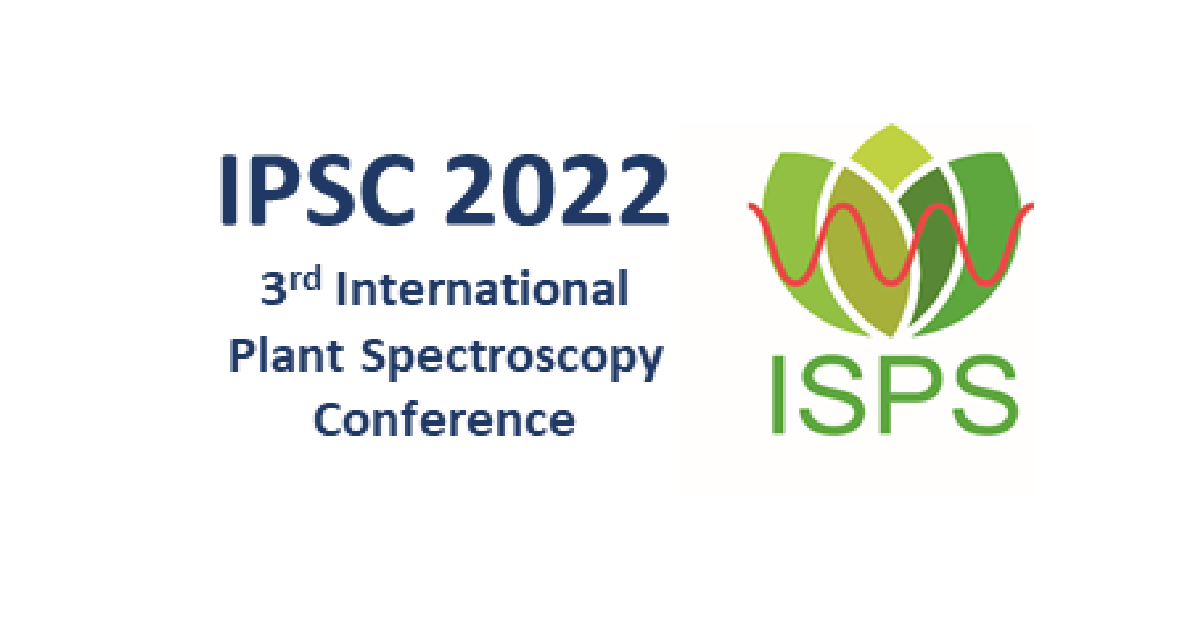Recent Advances within Plant Spectroscopy: Selected Papers from the Third International Plant Spectroscopy Conference
A special issue of Biomolecules (ISSN 2218-273X).
Deadline for manuscript submissions: closed (15 December 2022) | Viewed by 7918
Special Issue Editors
Interests: vibrational spectroscopy and microspectroscopy; hyperspectral imaging; multivariate data analysis
Special Issues, Collections and Topics in MDPI journals
Interests: FT-IR and Raman microscopy; fluorescence microscopy; Raman imaging; multivariate data analysis; plant cell walls; wood, nut shells
Special Issues, Collections and Topics in MDPI journals
Interests: quantification of the morphology of plant tissues and of the spatial distribution of their biochemical constituents in order to establish relationships between spatial heterogeneity and the end use properties; multi and hyperspectral image analysis; multimodal image analysis; chemometry; multiscale and multimodal imaging: microscopy and macroscopy; quantitative histology, chemical cartography
Special Issue Information
Dear Colleagues,
This Special Issue aims to collect selected contributions from the Third International Plant Spectroscopy Conference (IPSC), scheduled to take place in Nantes, France, on September 12–15, 2022, as arranged by the International Society for Plant Spectroscopy.
Plants are vital for life on Earth, and in times when a change toward sustainability is of critical importance, they provide renewable resources for virtually all aspects of our daily lives. Plants are vastly complicated, and while detailed knowledge about plant structure and chemistry is acutely needed, such knowledge is not easy to gain. The current Research Topic aims to present the state of the art within the use of different types of spectroscopies and fields related to the study of plants and plant-based products. A special field within plant spectroscopy is hyperspectral imaging, which collects and displays chemical information in a spatial context, often at a sub-cellular resolution. The techniques are used beyond chemical compositional analyses, to understand, e.g., plant growth and development, plant biomechanics and the genetic regulations of a wide range of processes.
Since the techniques generate vast amounts of data, chemometric tools are highly valuable in the field and will be covered as well.
The proposed Research Topic presents the latest findings and developments within all the above-mentioned aspects of plant spectroscopy.
Dr. András Gorzsás
Dr. Notburga Gierlinger
Dr. Marie-Françoise Devaux
Dr. Fabienne Guillon
Guest Editors
Manuscript Submission Information
Manuscripts should be submitted online at www.mdpi.com by registering and logging in to this website. Once you are registered, click here to go to the submission form. Manuscripts can be submitted until the deadline. All submissions that pass pre-check are peer-reviewed. Accepted papers will be published continuously in the journal (as soon as accepted) and will be listed together on the special issue website. Research articles, review articles as well as short communications are invited. For planned papers, a title and short abstract (about 250 words) can be sent to the Editorial Office for assessment.
Submitted manuscripts should not have been published previously, nor be under consideration for publication elsewhere (except conference proceedings papers). All manuscripts are thoroughly refereed through a single-blind peer-review process. A guide for authors and other relevant information for submission of manuscripts is available on the Instructions for Authors page. Biomolecules is an international peer-reviewed open access monthly journal published by MDPI.
Please visit the Instructions for Authors page before submitting a manuscript. The Article Processing Charge (APC) for publication in this open access journal is 2700 CHF (Swiss Francs). Submitted papers should be well formatted and use good English. Authors may use MDPI's English editing service prior to publication or during author revisions.
Keywords
- spectroscopy
- plant
- imaging
- chemometrics
Benefits of Publishing in a Special Issue
- Ease of navigation: Grouping papers by topic helps scholars navigate broad scope journals more efficiently.
- Greater discoverability: Special Issues support the reach and impact of scientific research. Articles in Special Issues are more discoverable and cited more frequently.
- Expansion of research network: Special Issues facilitate connections among authors, fostering scientific collaborations.
- External promotion: Articles in Special Issues are often promoted through the journal's social media, increasing their visibility.
- Reprint: MDPI Books provides the opportunity to republish successful Special Issues in book format, both online and in print.
Further information on MDPI's Special Issue policies can be found here.







